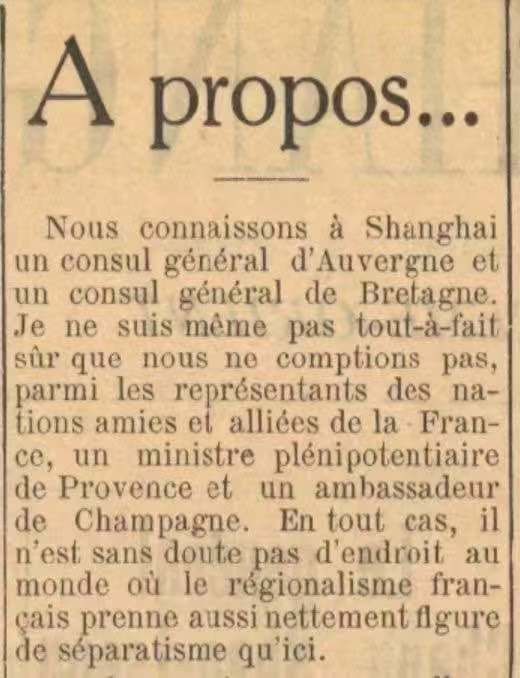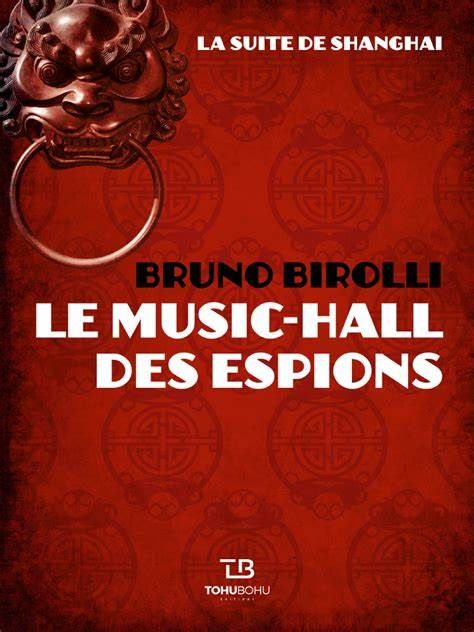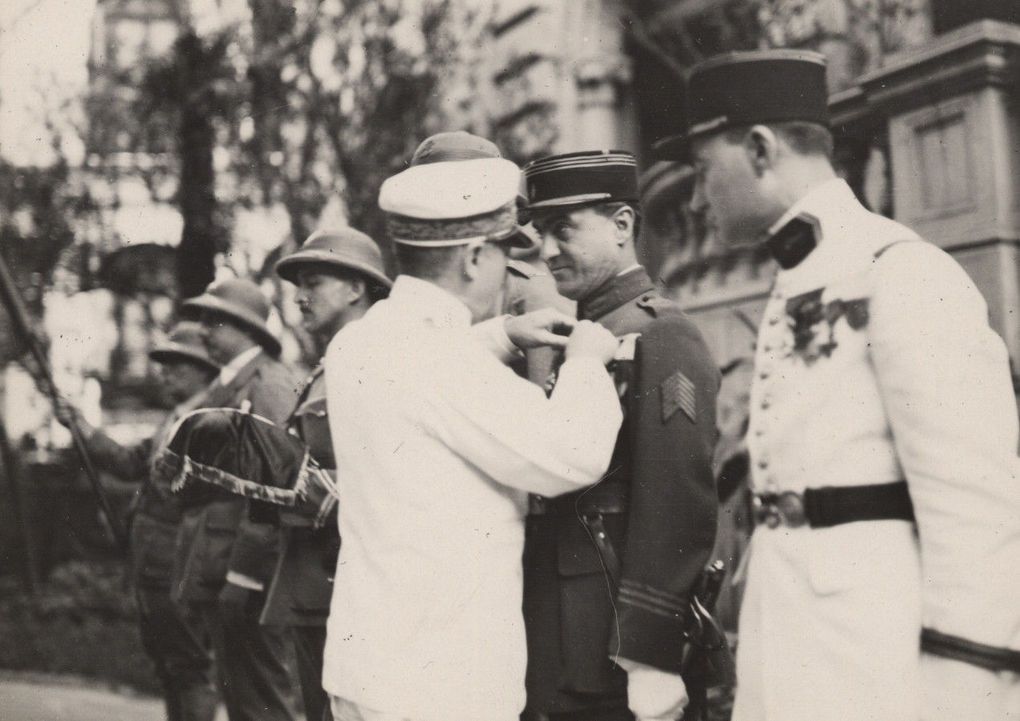French people love “associations” or clubs around a specific topic. Incorporating a non-profit corporation (“association loi 1901” in French) is easy to create a legal framework for a sport club, a cultural society or a charity. As soon as a number of French people gather together, they form an “association”.
The oldest one representing French people abroad is UFE (Union des Français de l’étranger), founded in Paris in 1927. It was recreated in Shanghai around 2002. Its role is mostly to foster the social life of French people, organizing parties, talks and social events. I did not find traces of a representation in Old Shanghai, but maybe there was. However French people had many places to gather, such as the high end Cercle Sportif Français, and the more affordable Cercle Français.
A revival of those clubs was the Cercle Francophone de Shanghai (1991), now renamed as Shanghai Accueil. Another noticeable one is Solidarité Shanghai, which cares for French people in distress in Shanghai. I am sure something like that existed in Old Shanghai, at least informally, but I did not find traces either.
Along those national associations, there are also many that gather French people from a particular region of France. Bretons, Alsatians, Marseille and Lyon people are probably the biggest ones along with smaller ones like the ones of people from Bourgogne-Franche Comté, that I founded. I was amazed to find out that those kind of associations existed in Old Shanghai, as shown in below article from “Le Journal de Shanghai” 21st March 1928.
Here is a translation of the article:
“By the way…
In Shanghai, we have a consul general from Auvergne and a general from Brittany. I’m not even entirely sure that we don’t have, among the representatives of France’s friends and allies, a minister plenipotentiary from Provence and an ambassador from Champagne. In any case, there is probably no other place in the world where French regionalism takes on such a distinctly separatist character as it does here.”
As the article shows, French people in modern Shanghai have only restarted what already existed in Old Shanghai. Funny enough I have recently been appointed as an ambassador for the city of Dijon, contributing to this even more. Apart from this article, I only found actual traces of a Breton association called “Ar mor” that was created in December 1935, as shown by a small article in the Journal de Shanghai.
France is a centralized country and not a federation like Germany or Italy. Centralization and suppression of regional identity in France was particularly strong in the 19th and first half of the 20th century. Regional languages were suppressed, particularly after the introduction of free compulsory education in the late 19th century. It is then quite impressive to see this kind of regionalism in Old Shanghai, probably amplified by the distance with the home country.
Shanghailander articles are published on an irregular basis. To be notified when a new article is posted, subscribe to the newsletter using this link, or follow the Shanghailander Facebook page.


